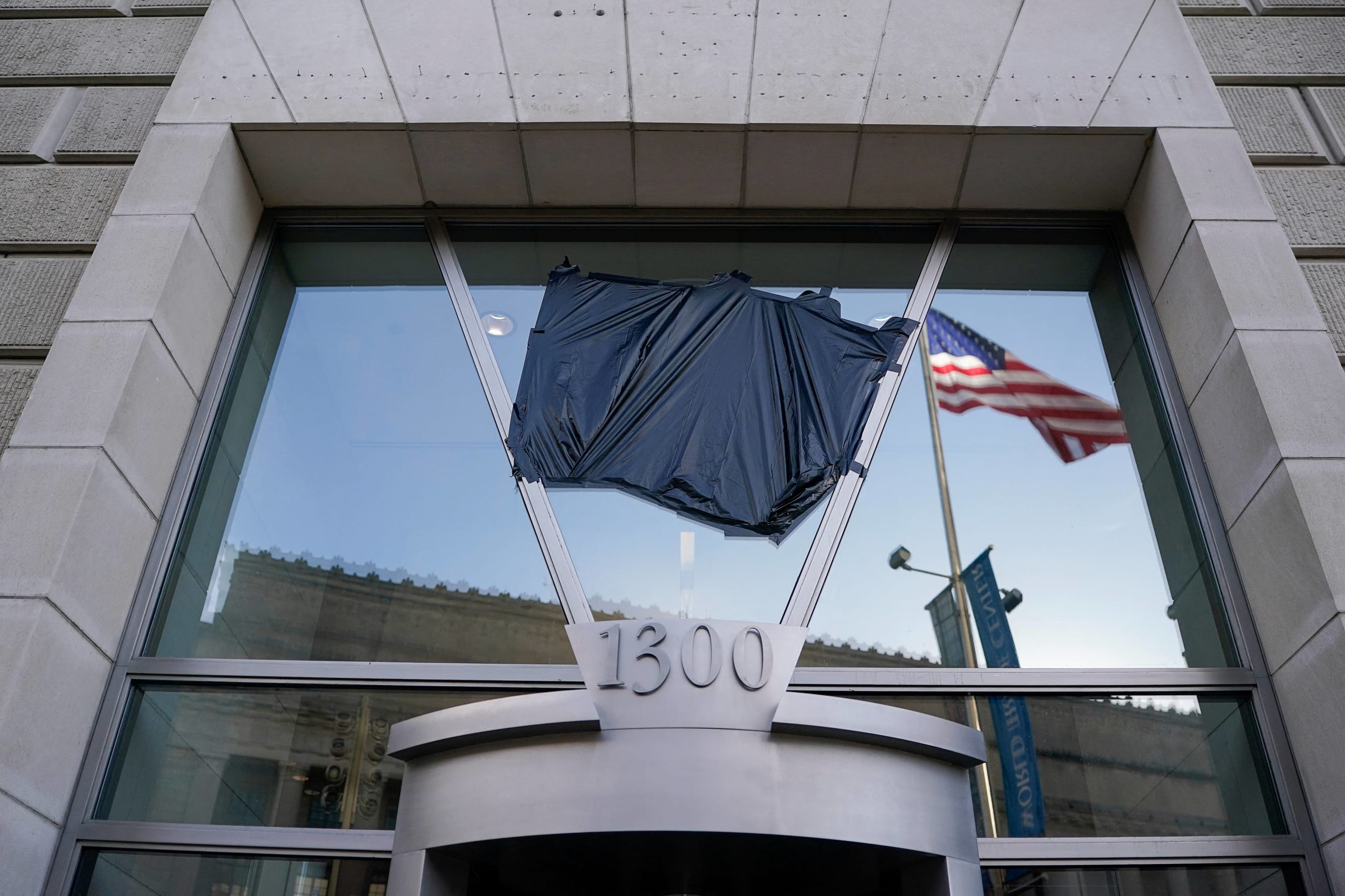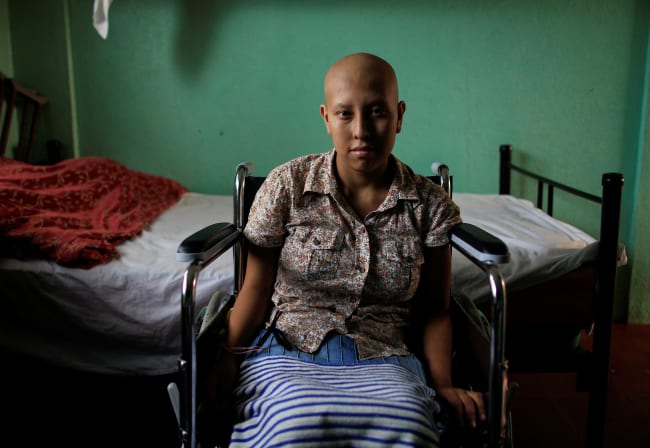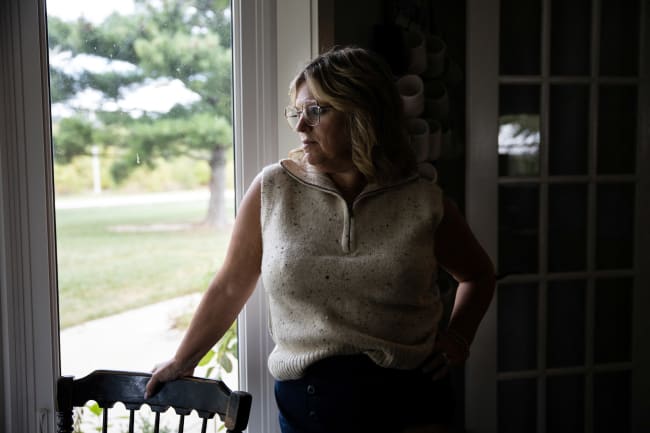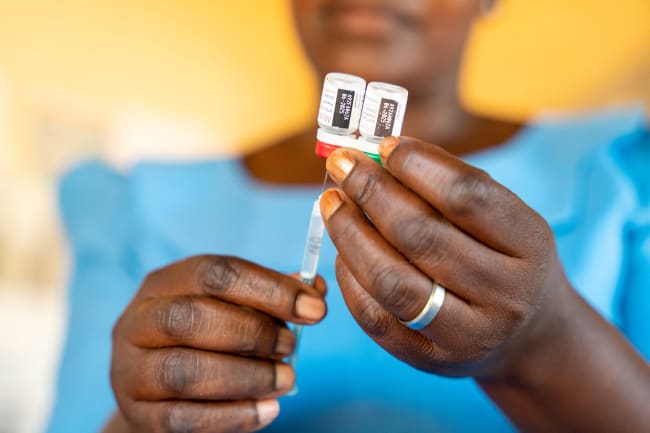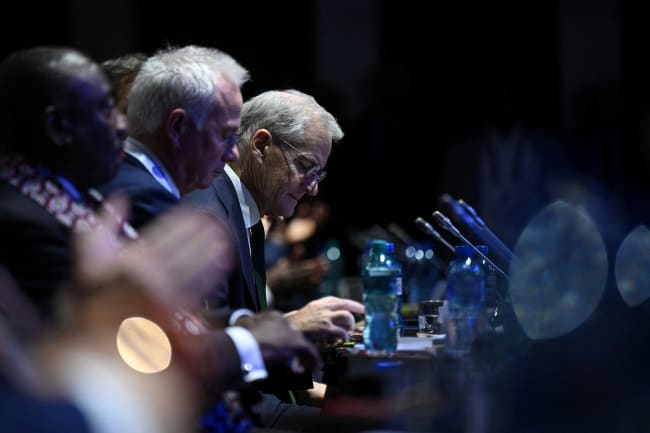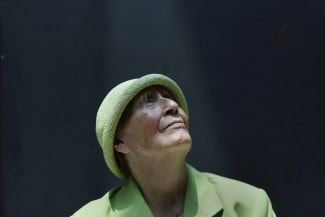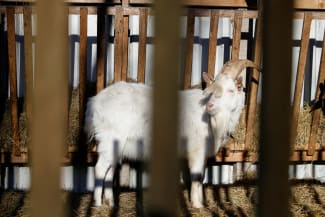President Donald Trump's recent maneuvers to gut the United States Agency for International Development (USAID) and withdraw the country from the World Health Organization (WHO) have sent shockwaves through the global health community.
The decision to immediately stem global aid flows unleashed a "state of confusion" about how programs will operate and how other major donors and development partners will respond. Joseph Dieleman, who leads the Institute for Health Metrics and Evaluation (IHME)'s health resource tracking team, called the executive actions and their consequences "devastating."
According to Dieleman's research, funding for global health programs was low even before Trump's decision. "Things were dire," Dieleman said. "Interest rates have been high, and a lot of countries took out loans to weather the COVID storm—[which] leads to governments that have a lot of debt repayments."
Strained domestic resources, coupled with shrinking development assistance, are driving "concerns that major global health programs that have been supported in the past will not be able to be supported at the same level." Compounded by the U.S. decision to withdraw from the WHO, the lack of resources could hobble critical disease detection, monitoring, and response programs globally.
Although the exact scope and impact of the disruption will be determined in the coming weeks and months, it is clear that the global health funding landscape is undergoing a seismic shift.
Lifesaving Programs in Jeopardy
Even before IHME began tracking funds in 1990, the United States had led and championed global health programs, providing by far the most development assistance for health each year. Even though total U.S. aid spending for health amounted to less than 0.1% of the federal budget in fiscal year 2024, the United States has acted as a global leader in activities such as eradicating infectious diseases and strengthening health systems in other nations.
U.S. Funding Flows
In 2023, the most U.S. development assistance for health activities went to HIV/AIDS

HIV/AIDS
Government
$8.6 billion
$14.6 billion
United States
$20.6 billion
Other, including COVID-19
$3.3 billion
Child health
NGOs and foundations
$385 million
$3.87 billion
Malaria
$777 million
Maternal health
Global Fund
$864 million
$962 million
WHO
Tuberculosis
$336 million
$480 million
Development banks
Health systems strengthening
$178 million
$229 mllion
Gavi
Noncommunicable disease
$86.9 million
$4.19 million
UN agencies
$525 million
CEPI
Chart:
CFR/Allison Krugman
•
Source
:
IHME
$18 million

HIV/AIDS
Government
$8.6 billion
$14.6 billion
United States
$20.6 billion
Other, including COVID-19
$3.3 billion
Child health
NGOs and foundations
$385 million
$3.87 billion
Malaria
$777 million
Global Fund
Maternal health
$962 million
$864 million
WHO
Tuberculosis
$336 million
$480 million
Development banks
Health systems strengthening
$178 million
$229 mllion
Gavi
Noncommunicable disease
$86.9 million
$4.19 million
UN agencies
$525 million
CEPI
$18 million
Chart: Allison Krugman
Source: IHME
Notably, the President's Emergency Plan for AIDS Relief (PEPFAR)—the largest disease-specific foreign aid effort of any nation—has invested more than $120 billion in HIV/AIDS prevention and treatment since its founding in 2003. Most of PEPFAR has been implemented by USAID and the Centers for Disease Control and Prevention (CDC). Although PEPFAR issued a waiver to continue lifesaving programs on February 1, treatment services have continued to be disrupted, and implementation of the waiver remains unclear.
"Treatment for HIV/AIDS is ongoing—people are not cured, they are treated," said Dieleman. "Losing access to those drugs is a life-threatening situation." PEPFAR supports 20 million people in 55 countries, including 500,000 children. According to UNAIDS, an additional 6.3 million AIDS-related deaths are possible if PEPFAR were halted.
The United States also leads the charge on combating malaria, which killed an estimated 600,000 people in 2023. That year, the President's Malaria Initiative, led by USAID and implemented by the CDC, invested approximately $1 billion in malaria control and research. The United States is also the largest donor to the Global Fund, the world's largest overall funder of malaria prevention and treatment efforts.
"We know that malaria outbreaks occur where funding has been reduced and where programs and prevention aren't taking place," said Dieleman. "Rebounding cases of malaria is a very real scenario as well."
As well as responding to major infectious diseases, the United States has reduced child deaths, invested in primary health care, and provided funds and technical assistance to numerous other lifesaving programs. "Programs . . . will have fewer resources, fewer vaccines, fewer drugs, and as a consequence, [which] will have very real repercussions on the health of especially low-income countries."
The freeze also halts progress on deadly diseases that received little attention from funders to begin with. Noncommunicable diseases such as cancer, cardiovascular disease, and diabetes receive just 1% to 2% of development assistance for health, despite accounting for three-quarters of global deaths in 2021.
"A Defining Moment"
The yawning gap in funding left by the United States has led to speculation over whether it could be filled by other nations or private funders. "In the short run, these gaps can't be filled," said Dieleman. "The U.S. was just too much of a leader and contributed in many ways."
The worst-case scenario, Dieleman warned, is that other countries could follow suit. Already, Argentina has echoed the U.S. move to withdraw from the WHO, and Italy's far-right party has proposed to do the same.
"There's a very real question: Will other sources increase their spending, or will they see this as an opportunity to reduce their own spending?" said Dieleman. "There's a lot of uncertainty about how other major donors and development partners will respond."
Although many have looked to the European Union, the second-largest contributor to global health programs, countries simply lack the resources to completely match the U.S. funding role. It remains uncertain whether private philanthropic donors, such as the Gates Foundation, will fill global health funding gaps left by the United States.
United States Led in Global Health Funding
In 2023, the United States spent the most on development assistance for health out of any country


"This is an important moment . . . to ask questions about dependence, to ask questions about domestic resource mobilization. This is a defining moment that will force very hard questions," Dieleman said.
He added that although expanding domestic health resources is a worthwhile goal, raising taxes or moving money away from other sectors to support global health would be difficult politically. For countries unable to afford basic essential services, closing the gap is not a reality, at least not in the short term.
The world will take stock of how the dramatic change in the global health financing landscape will shape health around the world. For now, said Dieleman, "there are a lot of questions that can't necessarily be answered."
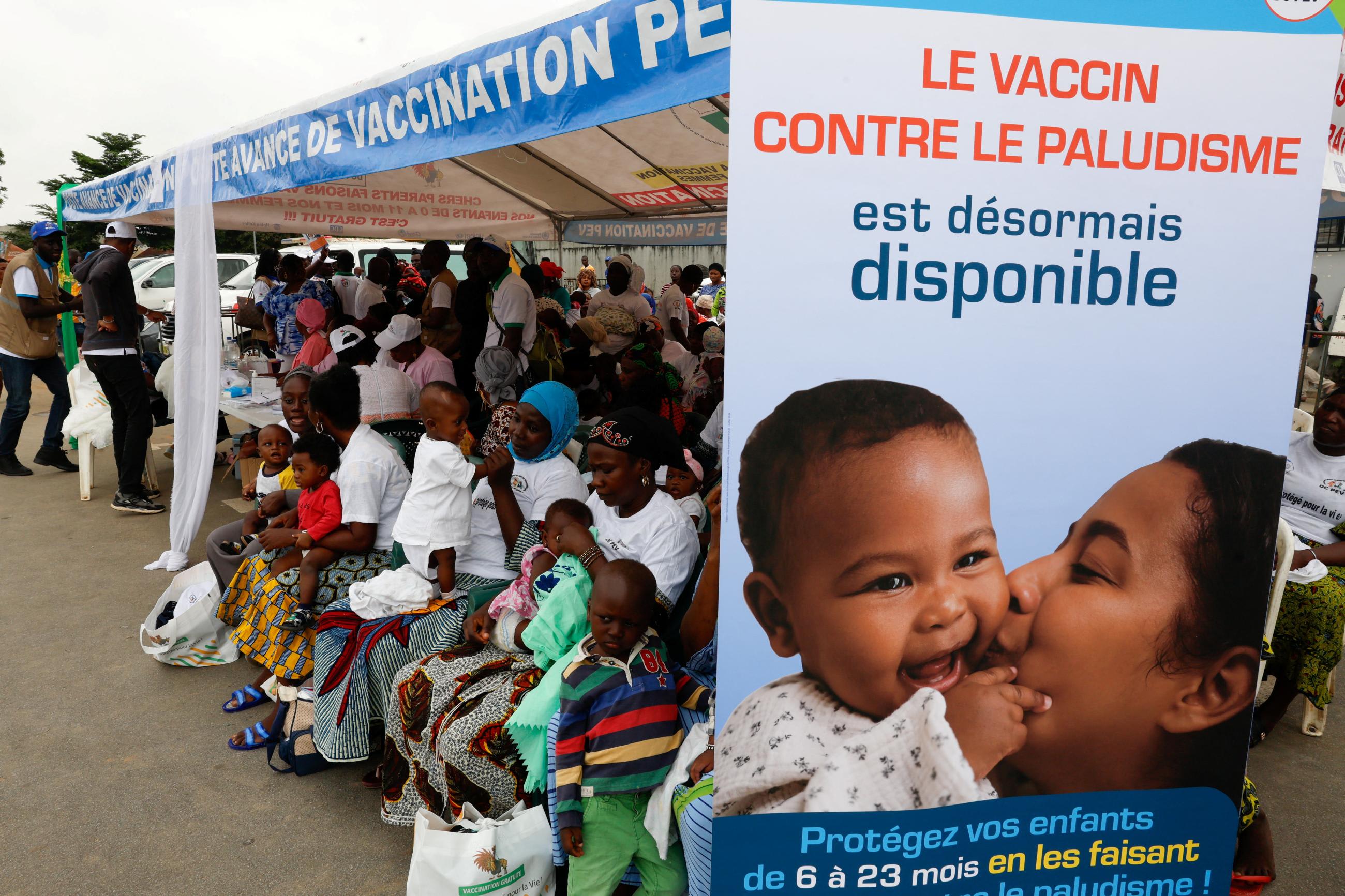
AUTHOR'S NOTE: Thank you to Anya Hirschfield for her support on this piece.
